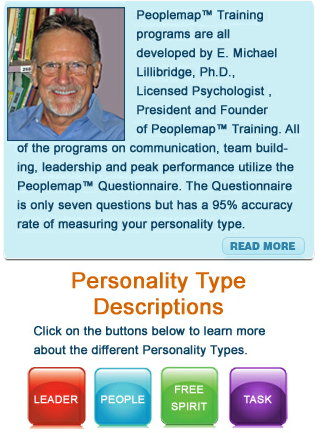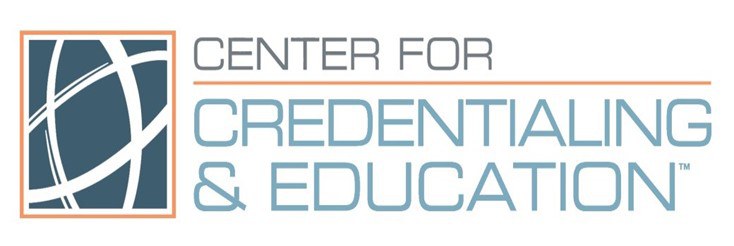
By Patrick Williams, Ed.D
As a Psychologist who has fully transitioned into Life Coaching, I work with people who choose to focus on designing a future rather than getting over past events. Clients who want to live their professional and personal life more fully value a personal coach. As a result, corporate clients, professionals, and entrepreneurial small business owners who want a more intentionally balanced life hire many coaches. Today's managers and executives want their job to reflect their values, and contribute to their life purpose rather than subtracting from it.
 In the corporate or professional business world, my clients often face their need to improve on communication with their staff and customers. Research over the past decade has contributed to the growing recognition that relationships within the workplace are important to the overall success of the company or business. The emphasis on “emotional intelligence” (from Daniel Goleman) in the work place shows how the bottom line of a company or business is improved if the employees are happier, communicating and functioning as a team that works together and resolves conflict early.
In the corporate or professional business world, my clients often face their need to improve on communication with their staff and customers. Research over the past decade has contributed to the growing recognition that relationships within the workplace are important to the overall success of the company or business. The emphasis on “emotional intelligence” (from Daniel Goleman) in the work place shows how the bottom line of a company or business is improved if the employees are happier, communicating and functioning as a team that works together and resolves conflict early.
Creating a team which works well together requires teaching and learning to motivate different personalities and work styles within the work place. When individuals with different personality styles are treated without recognizing their uniqueness, the different styles often lead to interpersonal conflict, rather than an encouraging atmosphere that embraces the unique gifts and skills each personal brings to a collaborative work environment. Psychologists and counselors use various personality assessments to collect the added information on the general tendencies and communication strategies of their clients. As part of my practice, I have especially enjoyed using the more positive and less clinical assessments such as the FIRO-B, Meyers-Briggs, and the DISC. However, Dr. Mike Lillibridge has developed a personality assessment that, in my opinion, is an even more user-friendly personality assessment: The Peoplemap.
Like the other popular personality test, Dr. Lillibridge starts with four basic personality styles. Perhaps his personal, and less clinical approach to these styles is what makes his tool so user friendly. Here are Dr. Lillebridge's four basic categories:
· The Leader: Named 'D' for Dominant in the DISC personality profile, a leader is a person who is more comfortable out in front of people than engaged in close, personal relationships. The leader is generally task driven, and sees the big picture well. If you are familiar with other personality profiles, the Leader is the Power Choleric person.
· The Free Spirit: Named 'I' for Influencer in the DISC test, the free spirit isn't driven by deadlines or details, but they have an innate ability to nurture positive, influential relationships. This person is also called the Popular Sanguine.
· The People Person: Named 'S' for Steady in the DISC survey, the people person is typically a warm, even-tempered friend. If this person were a common pet, (s)he would be a golden retriever. The people person is a strong supporter of like-minded people in the work place. However, the People Person will often keep complaints to themselves, rather than risk disrupting office relationships. Other personality profiles label this personality type the Peaceful Phlegmatic.
· The Task Person: The 'C' is for Consistent in the DISC profile; the perfect career path for a task person is an accountant, librarian, research scientist, or IRS agent. The task person requires a consistent work environment with firm unchanging boundaries to feel secure and perform at his or her highest levels. The Task person is also called the Perfect Melancholy.
Most individuals are motivated by a dominant and a minor personality style. Because each person and personality is unique, these styles are best understood as relational tendencies rather than hard and fast rules.
In the coming days I will talk more about Lillibridge's Peoplemap. Until then, ask yourself this question. If you were to ask your close friends which of these styles they see in you, what would their answer be?




